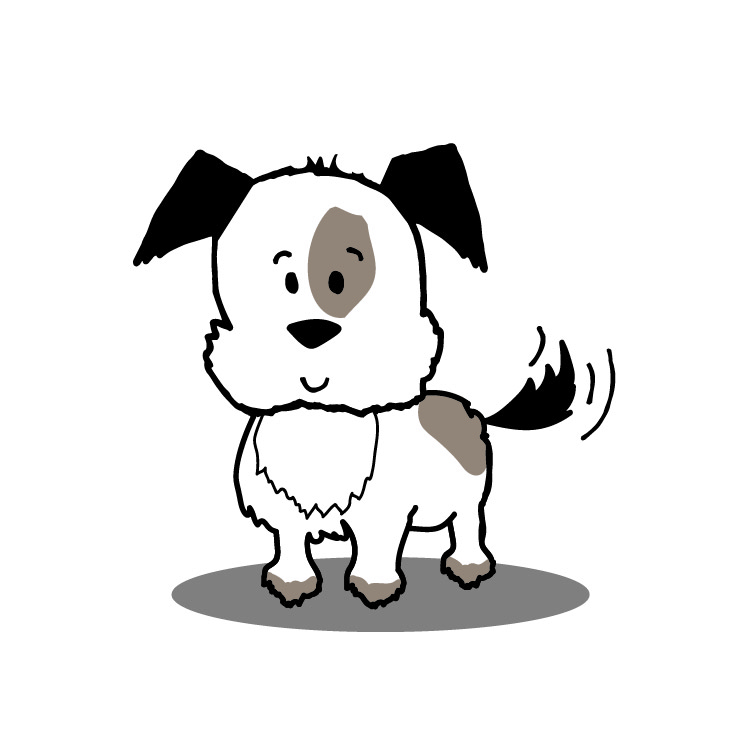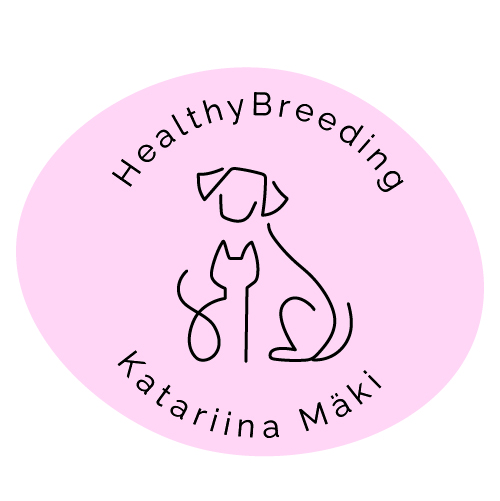Use the alphabetical glossary below to remind yourself what the terms in the course mean.
Is there a term used in the course but missing here? Tell me in the comments box below and I'll add it.
Additive gene effect – each allele of a gene pair affects the individual’s appearance independently, neither masking nor diminishing the effect of the other. Also known as intermediate inheritance and codominance.
Allele – an alternative form of a gene; also called variant.
Breeding (selective breeding) – the selection of the next generation of parent animals to change or maintain the characteristics of the animal population.
Candidate gene – a candidate gene being tested for the possibility of causing or contributing to the development of a trait.
Categorical trait – a polygenic trait in which phenotypes are grouped into defined categories.
Chromosome – consists of a strand of DNA.
Codominance – see Additive gene effect.
Complex trait – a polygenic trait that is influenced by a variety of factors in addition to genes.
Continuous distribution – a distribution in which observations occur on a continuous scale, rather than by category. There is an infinite and uncountable set of possible values within a given range. For example, age, body weight or height at withers.
DNA (deoxyribonucleic acid) – a chain-like molecule that carries an individual’s genes. Packaged as chromosomes in each cell.
Dominance – a genetic effect in which a dominant allele masks the effect of a recessive allele.
Epigenome – regulatory factors that influence the reading of an individual’s genes. We have learnt about epigenetics in the first part of the course.
Epistasis – genes at different loci interacting with each other.
Fixed allele – an allele that is the only variant that exists for that gene in a population.
Frequency – number of occurrences; for example, the proportion of a particular allele out of all the alleles of a gene in a population.
Gene – a recipe for a protein.
Genetic correlation – a measure of the genetic relationship between traits. Genetic correlation is due to the same genes, or genes close to each other, influencing the two traits.
Genetic relationship – the proportion of DNA (gene alleles) shared by two individuals.
Genetic variation – diversity of alleles; genetic diversity. Variation is a characteristic of a population, not usually of a single individual. An individual can have up to two different alleles per gene. In a population, there can be up to hundreds of different alleles of a gene.
Genome – all the genetic material of an individual, all the DNA.
Genotype – an individual’s alleles for a particular gene or trait.
Heritability – tells us what proportion of trait differences between individuals is due to additive genetic effects. An often misunderstood term!
Locus – an address of the gene; the location of the gene on the chromosome.
Major gene – a gene that has a large effect but explains only part of the variation seen in a trait.
Monogenic trait – a trait controlled by a single gene.
Mutation – a change in the DNA code; a genetic error.
Normal distribution – a distribution in which observations, for example phenotypes, are in the form of a Gaussian bell curve.
Permanent environmental factors – factors that have the same effect on an individual’s phenotype throughout their lifetime.
Phenotype – the appearance of an individual, a visible characteristic.
Polygenic trait – a trait controlled by more than one gene, usually dozens or even thousands.
Population – a group of animals (or humans).
Proteins – the building materials of cells. They carry out almost all the functions of the body.
Random environmental factors – unexpected factors that affect the individual’s appearance/outcome; e.g. measurement error.
Risk gene – predisposes an individual to a particular inherited disease. See also Major gene.
Systematic environmental factors – factors that affect the individual’s phenotype in a predictable way. For example, sex and age.
Threshold trait – a trait that becomes apparent in the phenotype when the number of alleles causing the trait exceeds the threshold.
Variant – an alternative form of a gene; also called an allele.
Is there a term used in the course but missing here? Tell me in the comments box below and I’ll add it.

Leave a Reply
You must be logged in to post a comment.